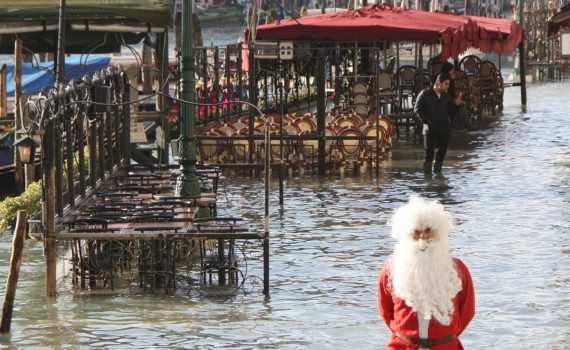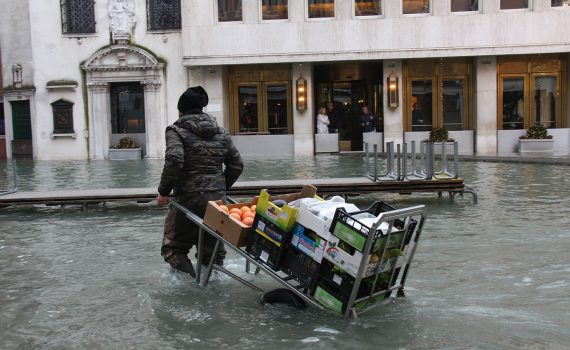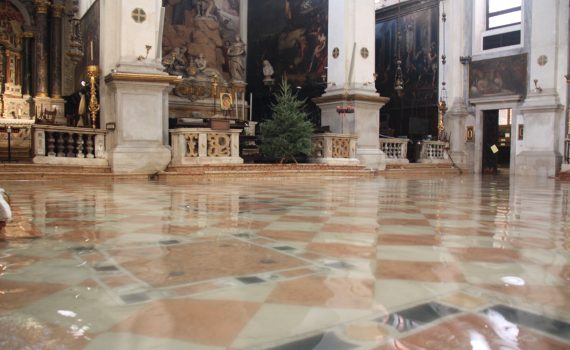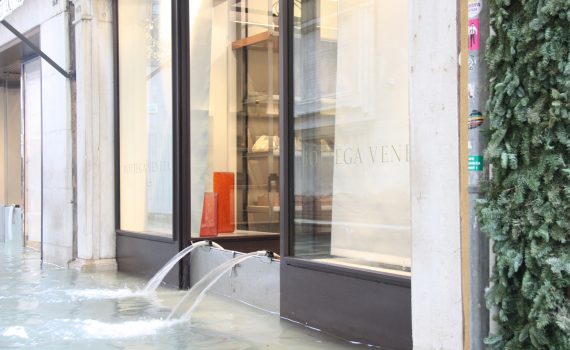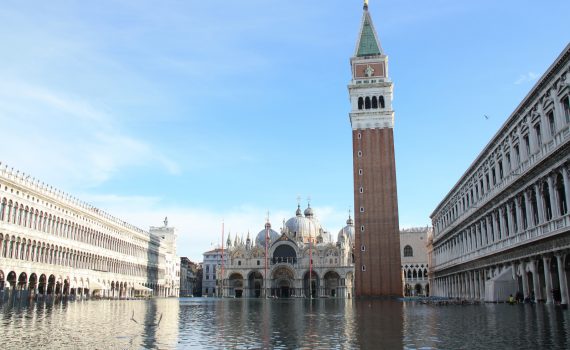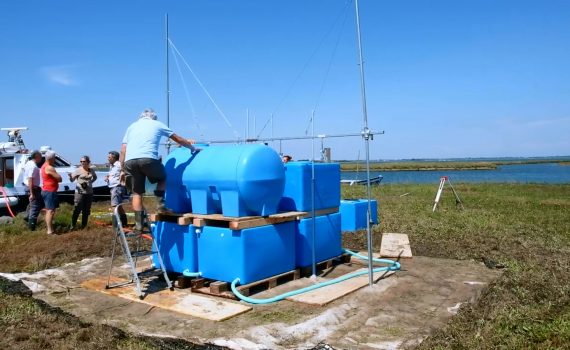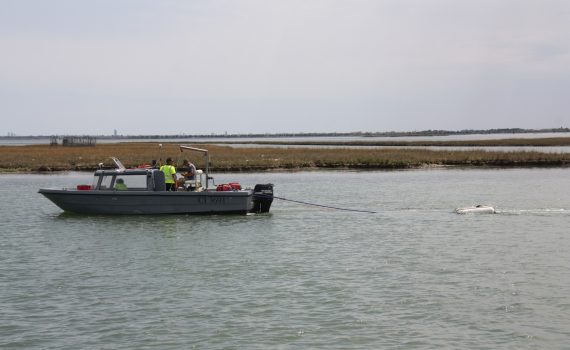This produces the accentuation of environmental but also economic and housing problems, as well as tourist-cultural problems for the city of Venice and the lagoon. The mobile defense works at the mouths will be able to defend this environment for many decades, but it is necessary to think already of scenarios for the next century, when the closures of the mouths could become so frequent and for prolonged times as to cause problematic consequences for the environment. housing and the economy.
Published on 18-06-2021
Climate change and subsidence: understanding to defend Venice
Venice and its lagoon are very sensitive to variations in the average sea level. The IPCC (International Panel Climate Change) warns of an unexpected increase in the rate of growth of this level, in relation to the global scenarios of greenhouse gas emissions and sea temperature rise. As a result of climate change, but also of natural or anthropogenic subsidence, the sea level in the lagoon system is growing at an accelerated rate.
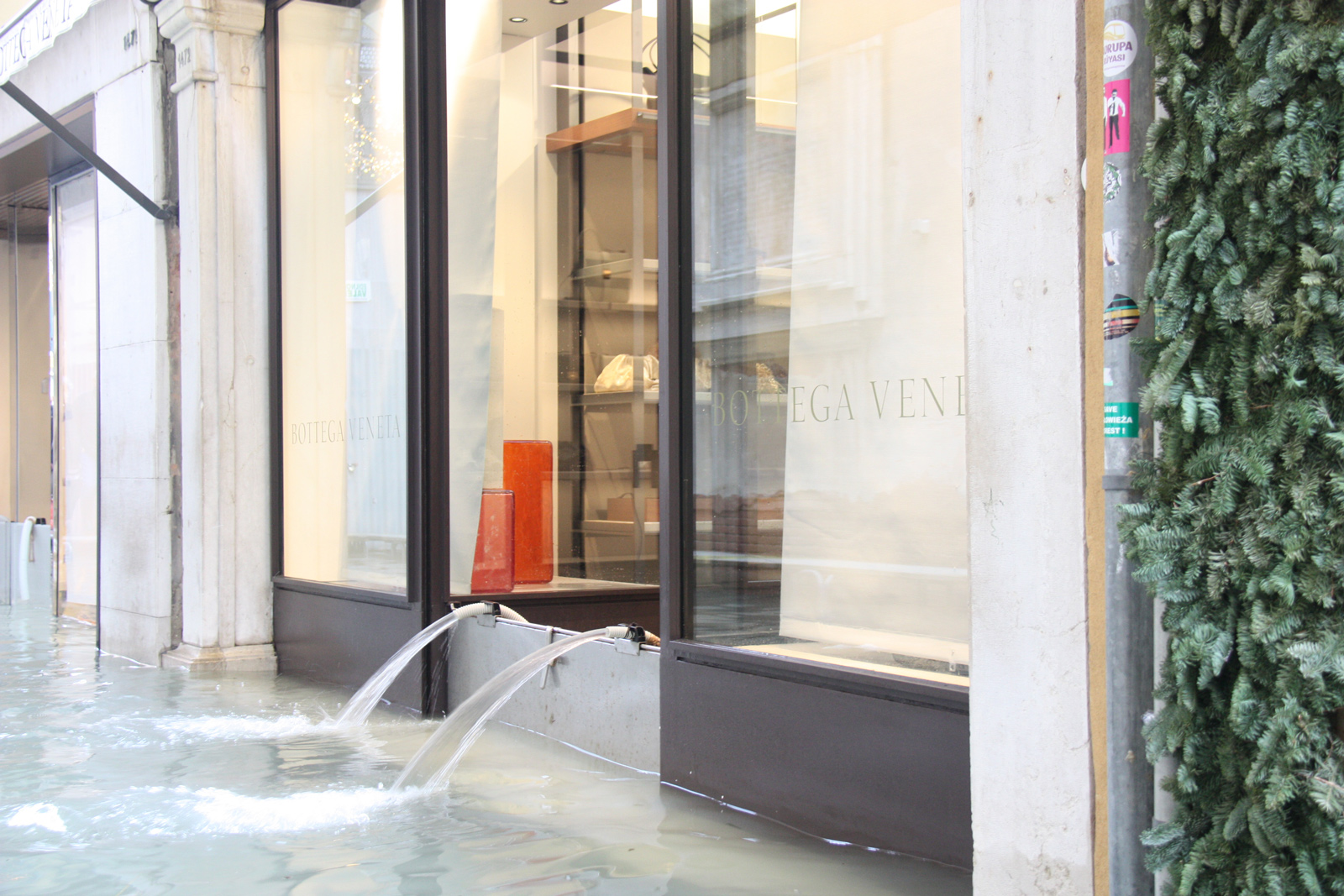
It is therefore necessary to deepen the analysis on a local scale, also taking into account other phenomena that act both in the opposite direction to thermal expansion (evaporation, salinity increase), and in the same direction (subsidence of the soils). Possible mitigation and adaptation measures, both in the short and long term, must be considered, evaluating their consequences. Some CORILA research has investigated these issues, in particular on the effects of global processes and changes and on the effects of climate change in the northern Adriatic area.
The loss of altitude with respect to the mid-sea is one of the processes with the potential greatest impact for the coastal areas of the lowlands. Today, more than ever, a continuous updating of knowledge of the subsidence process is necessary, which in the Venetian area is particularly complex due to the specificity of the transition environment and the variability of the subsoil. The purpose of the researches of the Venezia2021 Program is also the quantification and characterization of the current subsidence of the Venice lagoon, identifying its geological and anthropic forcings, and predicting its possible evolution in the coming decades in consideration of the erosive and depositional processes and of the RSLR (Relative Sea Level Rise).
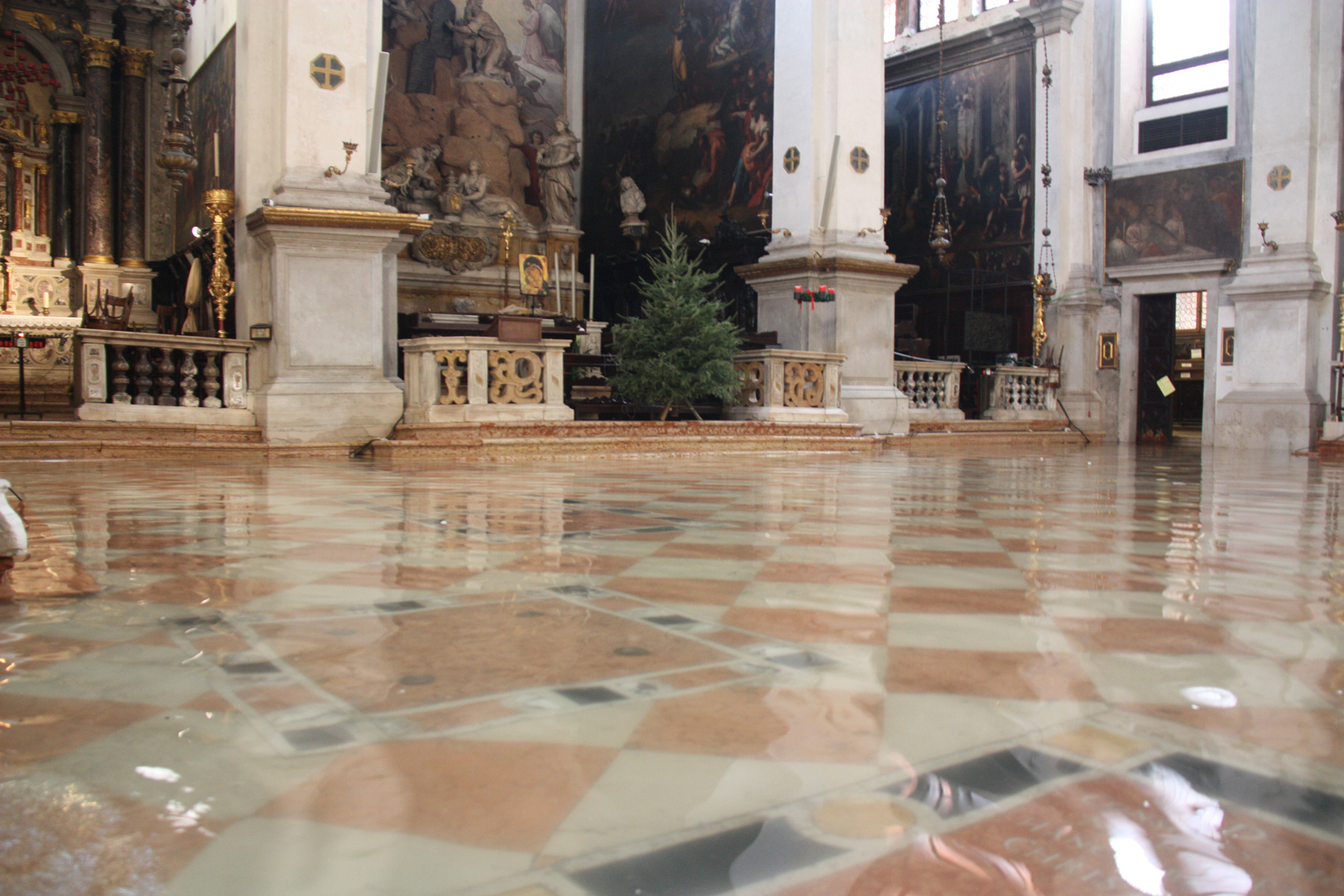
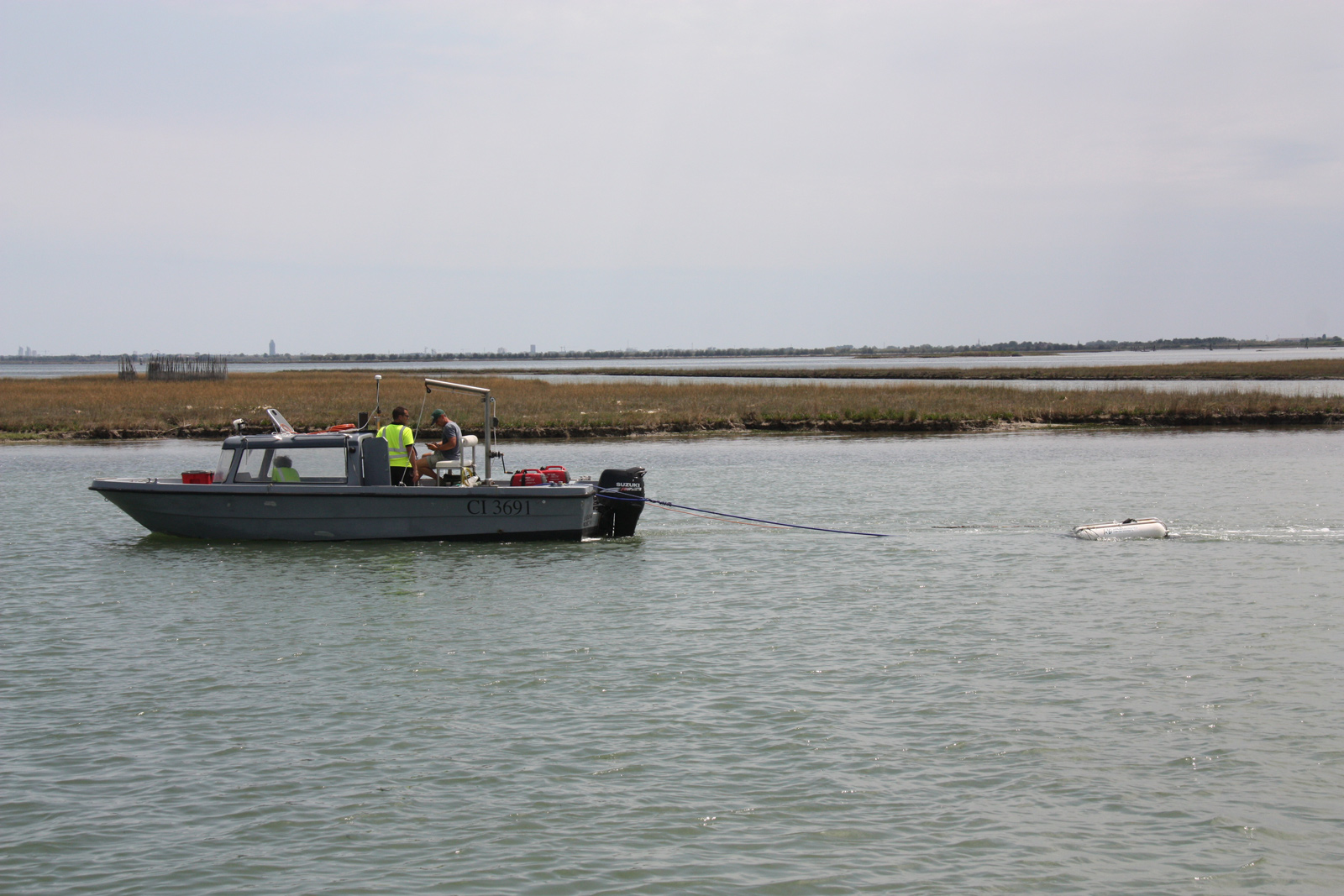
DANUBIUS-RI, the International Center for Advanced Studies on River-Sea Systems, of which CORILA is a part, is an environmental research infrastructure distributed on the roadmap of the European Strategic Forum on Research Infrastructures (ESFRI). DANUBIUS-RI’s vision is to create healthy river-sea systems and promote their sustainable use by offering a cutting-edge integrated research infrastructure from the source of the river to the sea; facilitating excellent interdisciplinary science and providing the integrated knowledge necessary to manage and protect river-sea systems. Among the research priorities for the first five years of DANUBIUS-RI’s activity is “Climate change: supporting the collection of data and the development of innovative methods and tools to assess the effects of climate change and to improve adaptation measures to ‘internal and through the river-sea systems “.



